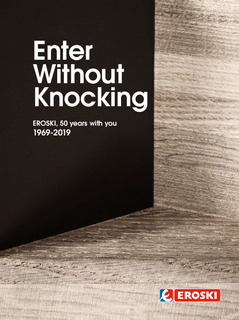| dc.contributor.author | Loyola, Aitzol | |
| dc.contributor.author | Udaondo-Alberdi, Ainara | |
| dc.contributor.author | Uriarte, Leire | |
| dc.date.accessioned | 2020-07-21T12:54:48Z | |
| dc.date.available | 2020-07-21T12:54:48Z | |
| dc.date.issued | 2019 | |
| dc.identifier.other | https://katalogoa.mondragon.edu/janium-bin/janium_login_opac.pl?find&ficha_no=154525 | en |
| dc.identifier.uri | https://hdl.handle.net/20.500.11984/1795 | |
| dc.description.abstract | In this article we are going to look at the cooperative business model. What does it mean to be a cooperative company? What are its main characteristics and signs of identity? Or, to put it another way, what is the difference between a cooperative company and other types of companies? What difficulties and challenges does the cooperative model face? Is it an obsolete formula or, on the contrary, one with a promising future? These are some of the questions that have guided our thoughts. | en |
| dc.language.iso | eng | en |
| dc.publisher | Eroski | en |
| dc.rights | © Authors | en |
| dc.subject | Cooperativism | en |
| dc.subject | Companies | en |
| dc.title | The Differential of the Cooperative Company | en |
| dcterms.accessRights | http://purl.org/coar/access_right/c_abf2 | en |
| dcterms.source | Enter Without Knocking: EROSKI, 50 years with you 1969-2019 | en |
| local.contributor.department | LANKI Kooperatibismoaren Ikertegia | eu |
| local.contributor.group | Kooperatibagintza, autoeraketa eta giza garapen iraunkorra | eu |
| local.description.peerreviewed | false | en |
| local.description.publicationfirstpage | 52 | en |
| local.description.publicationlastpage | 59 | en |
| local.source.details | pp. 52-59. [Elorrio]: Eroski, 2019 | |
| oaire.format.mimetype | application/pdf | |
| oaire.file | $DSPACE\assetstore | |
| oaire.resourceType | http://purl.org/coar/resource_type/c_3248 | en |
| oaire.version | http://purl.org/coar/version/c_970fb48d4fbd8a85 | en |







